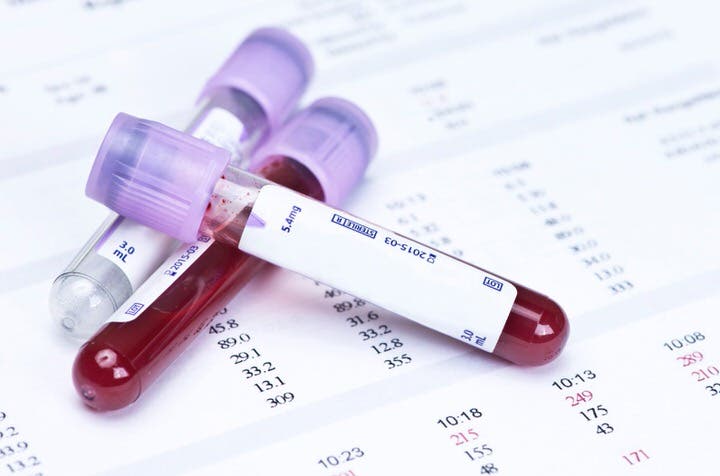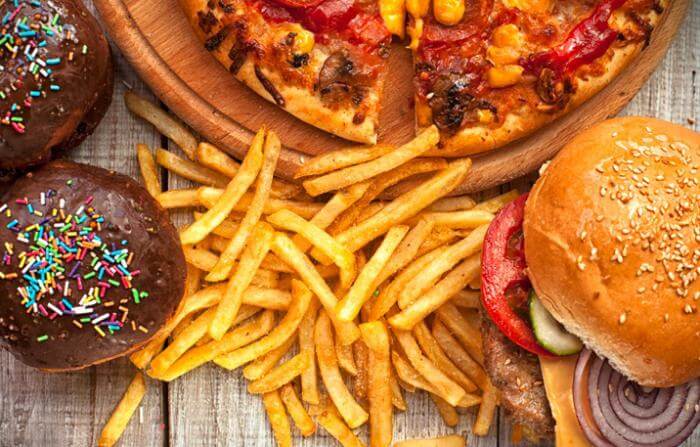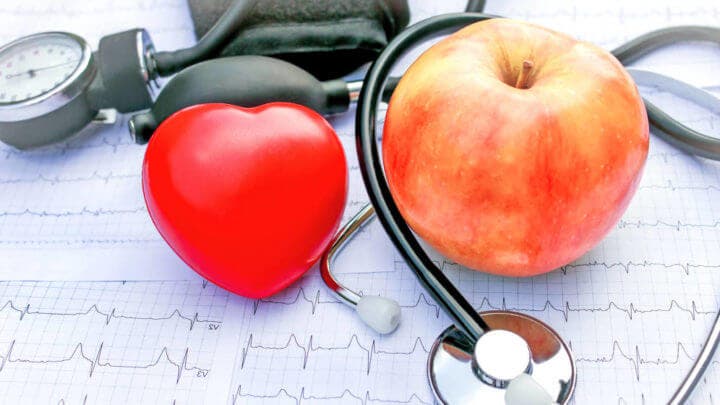If you've been monitoring your blood pressure and cholesterol levels, there is something else you may need to monitor: triglycerides.
You probably know that a high blood triglyceride level is not something you want to have, as it can increase your risk of heart disease like many other serious diseases. But what exactly are triglycerides and what makes them so bad? More importantly, how can you prevent them from getting too high?
Discover everything you need to know about this component and 4 ways to get your triglyceride levels under control .

What are triglycerides?
Triglycerides, also called triacylglycerides or triglycerols , are a type of fat found in the blood. Fats are stores of the extra calories that the body gets from eating, since the body uses the necessary calories and stores the rest as fat.
Triglycerides pass into the blood from the organs, liver and intestine, being transported by proteins: lipoproteins, responsible for transferring cholesterol and other fatty substances through the blood.
When triglycerides are high, cardiovascular risk increases . It can also increase the propensity to be overweight, diabetes, or liver or kidney problems. For this reason, it is important to keep triglycerides in normal ranges .

Why is it important to control triglycerides?
Although it is not yet clear how, high triglyceride levels can lead to hardening or thickening of the arteries (atherosclerosis), which increases the risk of stroke, heart attacks and cardiovascular disease.
Elevated triglycerides can also be related to obesity and metabolic syndrome, poorly controlled type 2 diabetes, hypothyroidism, kidney or liver disease, or rare genetic conditions that affect how the body converts fat into energy. In addition, they could be a side effect of some medications, such as beta-blockers, birth control pills, diuretics or corticosteroids.

4 ways to get triglycerides under control
1. Lose weight
The extra calories are converted into triglycerides and stored as fat. Therefore, by reducing calories, triglycerides decrease. In other words, high triglycerides come from regularly eating more calories than your body burns, so eating less is one of the best ways to start controlling these levels.
This is because triglycerides are fats that come from stored energy, precisely from the excess calories that the body accumulates. However, saturated fats have other health risks and you should limit your intake. Remember that you can replace them with other types of fats such as omega 3s that are found in cold-water fish, flaxseed and nuts.
A diet to control the level of triglycerides will also help you lose weight, but when thinking about what foods to choose, keep in mind that the most important thing is not to reduce fat but rather the calories you consume, which basically come from refined flours, sugars and alcohol.
One study found that people who got 25% of their calories from sugar were twice as likely to die from heart disease than those who ate significantly less (Yang et al., 2014).

2. Maintain a proper, low-fat diet
In addition, to properly maintain blood triglyceride levels, it is most important to follow a diet that is low in saturated fat.
Saturated fats are present in products of animal origin such as butter, cream, fatty meats, and whole dairy products. Replacing these foods, it is favorable to make use of foods rich in monounsaturated fatty acids. For example, olive oil and those in which omega-3 fatty acids predominate. In this last group, blue fish such as mackerel or tuna stand out, as well as walnuts and canola oil.
On the other hand, it is also convenient that this diet is not excessively rich in carbohydrates and must be low in refined sugars, carbohydrates and fructose , since the body tends to convert them into triglycerides.
In one study, people who consumed about a quarter of their calories from carbohydrates lowered their triglycerides more than those who got more than half of their calories from carbohydrates (Krauss, Blanche, Rawlings, Fernstrom, & Williams, 2006).

3. Eat foods with omega-3s
Within the diet, the contribution of healthy fats such as Omega 3 has a main role.
Omega 3 is a fat that protects the heart . In the modern diet, the consumption of Omega 3 fats is very low, and it is essential to increase its consumption because it is a nutrient that helps reduce the risk of cardiovascular diseases, improves cholesterol levels, reduces inflammation, improves neuronal activity and health. health in general.
Here we show you foods rich in Omega-3 that can help you:
- Fish
- Flaxseed and oil
- Chia
- Some fruits, such as pineapple and strawberries
- Lettuce
- Nuts
- Avocado.
Also include fish such as salmon, tuna, sardines, herring or mackerel on the menu twice a week: they are rich in omega-3 essential fatty acids, which can play a key role in reducing triglycerides .

4. Exercise
If you don't exercise regularly, now is a good time to start. Aerobic physical activity is, together with the contribution of Omega 3, the only current tool to increase the levels of good HDL cholesterol .
Regular exercise can lower triglycerides and increase "good" cholesterol. Try to incorporate more physical activity into your daily tasks; for example, taking the stairs at work or taking a walk during breaks. Try to get at least 30 minutes of physical activity on most or every day of the week.
Still, shorter, more intense workouts have been shown to be more effective in lowering triglycerides than longer periods of moderate intensity exercise (Trombold, Christmas, Machin, Kim, & Coyle, 2013).

Reference
- Krauss, R., Blanche, P., Rawlings, R., Fernstrom, H. and Williams, P. (2006). Separate effects of reduced carbohydrate intake and weight loss on atherogenic dyslipidemia. The American Journal of Clinical Nutrition . doi: 10.1093 / ajcn / 83.5.1025
- Trombold, J., Christmas, K., Machin, D., Kim, I. and Coyle, E. (2013). Acute high-intensity endurance exercise is more effective than moderate-intensity exercise for attenuation of postprandial triglyceride elevation. Journal of Applied Phsicology. doi: 10.1152 / japplphysiol.01028.2012
- Yang, Q., Zhang, Z., Gregg, E., Flanders, D., Merritt, R. and Hu, F. (2014). Added Sugar Intake and Cardiovascular Diseases Mortality Among US Adults. JAMA. doi: 10.1001 / jamainternmed.2013.13563
